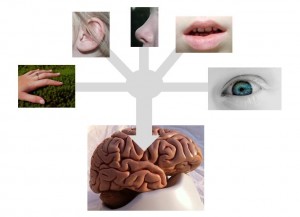How Experience Changes the Brain

Therapies for the core symptoms of autism are primarily intensive behavioral interventions. Examples include applied behavioral analysis, which breaks down appropriate social and nonsocial behaviors into smaller steps that are explicitly taught, or computer-based programs to enhance facial emotion recognition. How do such therapies work? They change the patient's brain, both its structure and function, from the repeated experience.
This section describes the effect of experience at a cellular level, focusing on molecular changes, changes in the number of synapses as well as their efficacy, and changes in the shape of the neurons. When we learn something, our brains show immediate changes, but to maintain the learning, longer-lasting structural changes must take place.
Key Points
- Behavioral therapies for ASD work by changing the brain.
- Brains change, or show plasticity, as a result of experience.
- Synaptic plasticity is the neurochemical basis of learning and memory.
- Experience-dependent plasticity has a greater impact in children.
- The earlier the behavioral intervention for ASD, the better.
Misconception
Children with ASD can never recover.
Fact
Between 3-25% of children diagnosed with ASD with certain parameters and given extensive behavioral intervention can recover sufficiently to enter the normal range of social and cognitive abilities.1
Read about other misconceptions.

